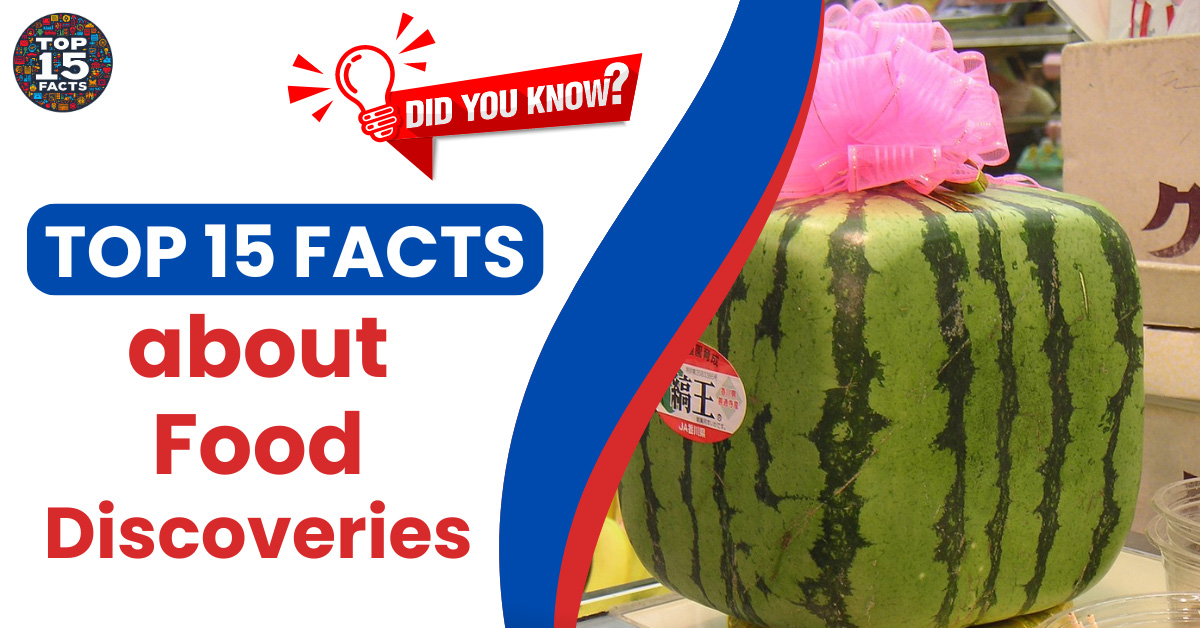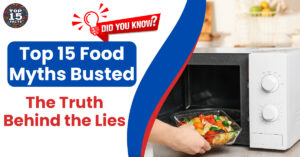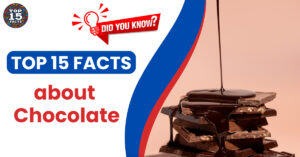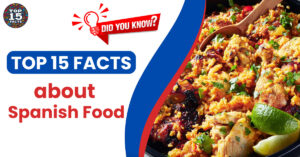Introduction
Did you know that ketchup was once sold as medicine, or that carrots were originally purple? The world of food is full of hidden histories, wacky origins, and surprising facts that you never knew you needed to know. In this article, we’ll share the top 15 most astonishing and fun food discoveries.
Top 15 Fun Food Facts (One Line)
- Honey is the only food that never spoils.
- Potato chips were invented by an angry chef.
- Ketchup was once used as medicine.
- Ripe cranberries will bounce like a rubber ball.
- Peanuts aren’t actually nuts.
- Apples float in water.
- One strawberry has about 200 seeds.
- Chocolate was once used as currency.
- Bananas are technically berries.
- Watermelon is 92% water.
- Carrots were originally purple.
- The most expensive pizza in the world costs $12,000.
- Square watermelons exist in Japan.
- Chewing gum can help you focus.
- Fortune cookies weren’t invented in China
Fact 1. Honey is the Only Food That Never Spoils
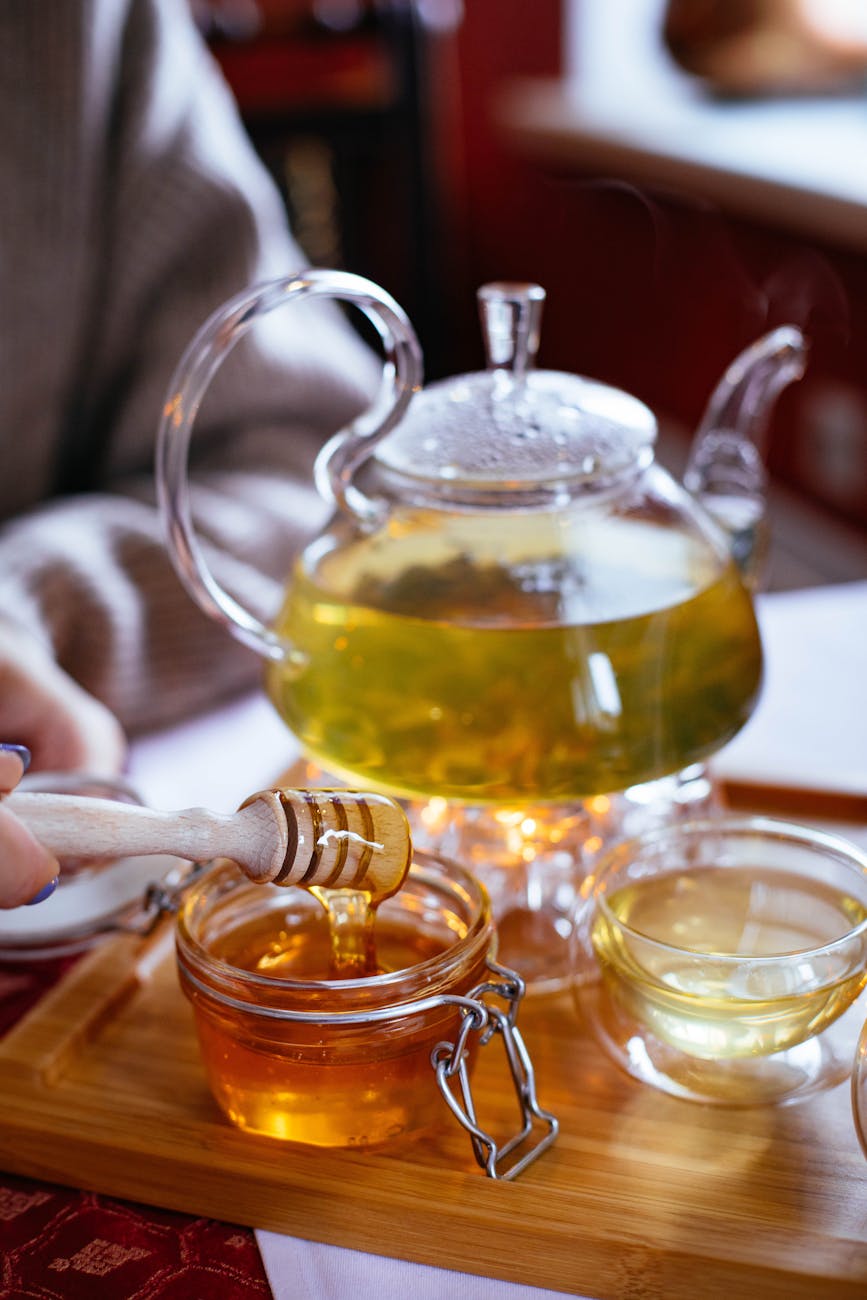
Photo by Valeria Boltneva on Pexels.com
Honey’s incredible shelf life is due to a perfect combination of factors. First, honey is highly acidic, thanks to the addition of gluconic acid by bees. This acidity inhibits the growth of bacteria and other microbes that can cause spoilage. Second, honey has a very low moisture content, which further discourages bacterial growth. Finally, bees add an enzyme called glucose oxidase to the honey, which produces hydrogen peroxide – a natural antibacterial agent. All these factors combined create an environment so hostile to microbes that honey can practically last forever. Archaeologists have even found jars of edible honey in ancient Egyptian tombs!
Fact 2. Potato Chips Were Invented by an Angry Chef
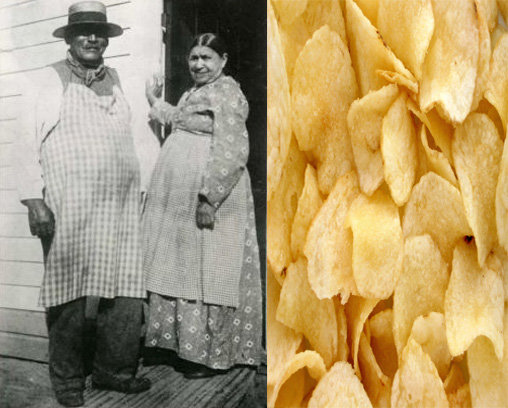
Image Source: wikipedia
The next time you enjoy a bag of crispy potato chips, you can thank (or maybe not) a disgruntled chef named George Crum. Legend has it that in 1853, Crum was working at Moon’s Lake House resort in Saratoga Springs, New York, when a customer complained that his French fries were too thick. In a fit of pique, Crum sliced the potatoes paper-thin, fried them to a crisp, and sent them back to the customer. Surprisingly, the customer loved them, and potato chips were born!
Read More: Beyond Croissants: 15 Surprising Facts About French Cuisine
Fact 3. Ketchup Was Once Used as Medicine
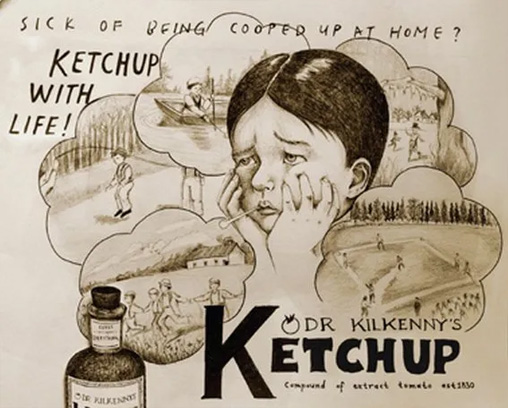
Believe it or not, the tangy condiment we love on fries and burgers once had a very different purpose. In the 1830s, tomatoes were believed to have a number of medicinal properties. Dr. John Cooke Bennet capitalized on this belief by creating a “ketchup” concoction of tomatoes, sugar, and spices. He claimed this “medicine” could cure various ailments, including diarrhea, indigestion, and even jaundice! Thankfully, ketchup has since evolved into the delicious condiment we know and love today.
Fact 4. Ripe Cranberries Will Bounce Like a Rubber Ball
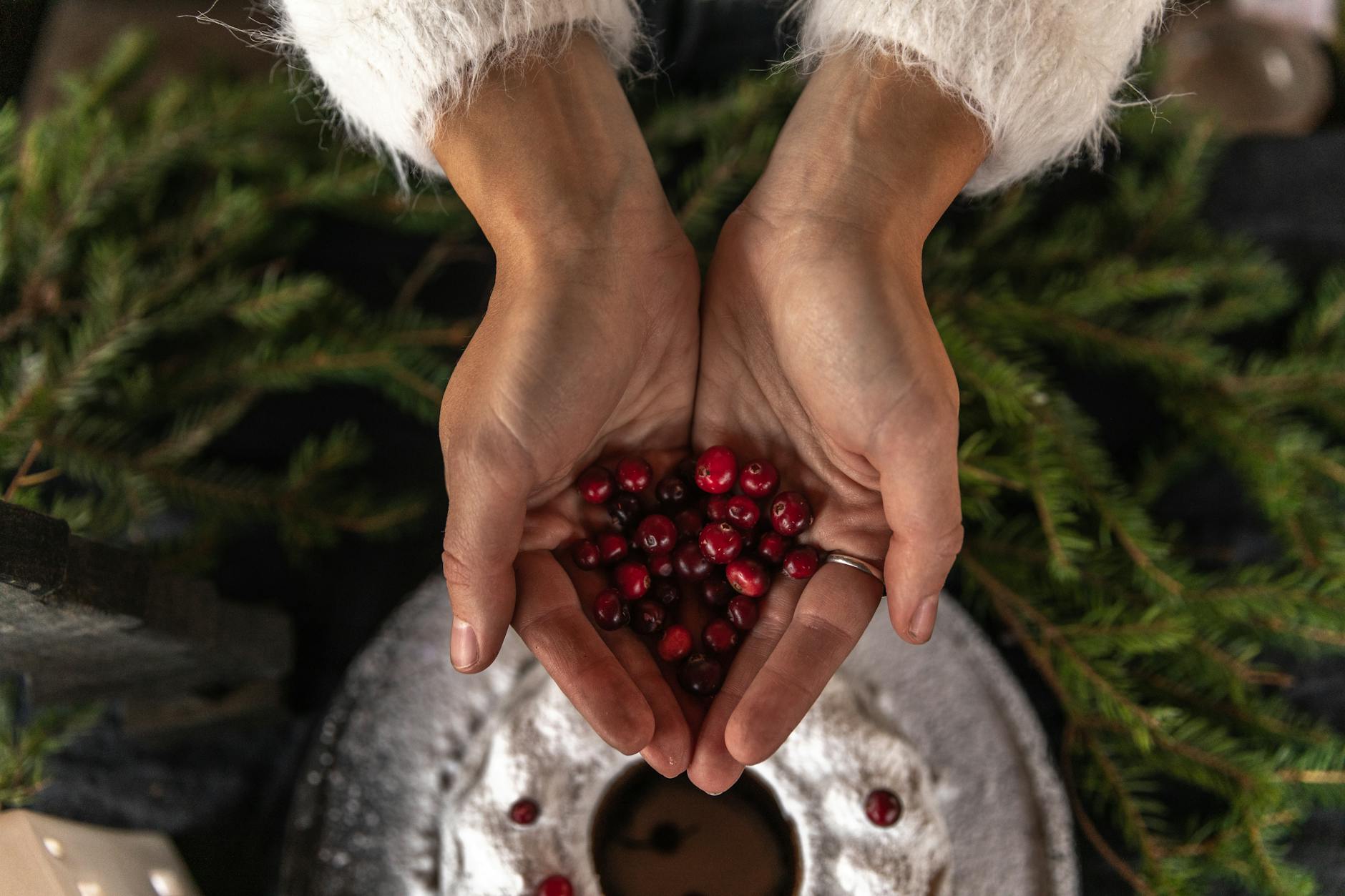
Next time you’re at the grocery store, grab a handful of cranberries and give them a little bounce test. If they’re ripe and of high quality, they’ll surprise you! Fresh cranberries have tiny air pockets inside them, which give them a unique ability to bounce when they’re ripe. This bouncing test is actually a good way to assess the freshness of cranberries. Firmer, bouncier berries are generally fresher than soft, mushy ones.
Fact 5. Peanuts Aren’t Actually Nuts
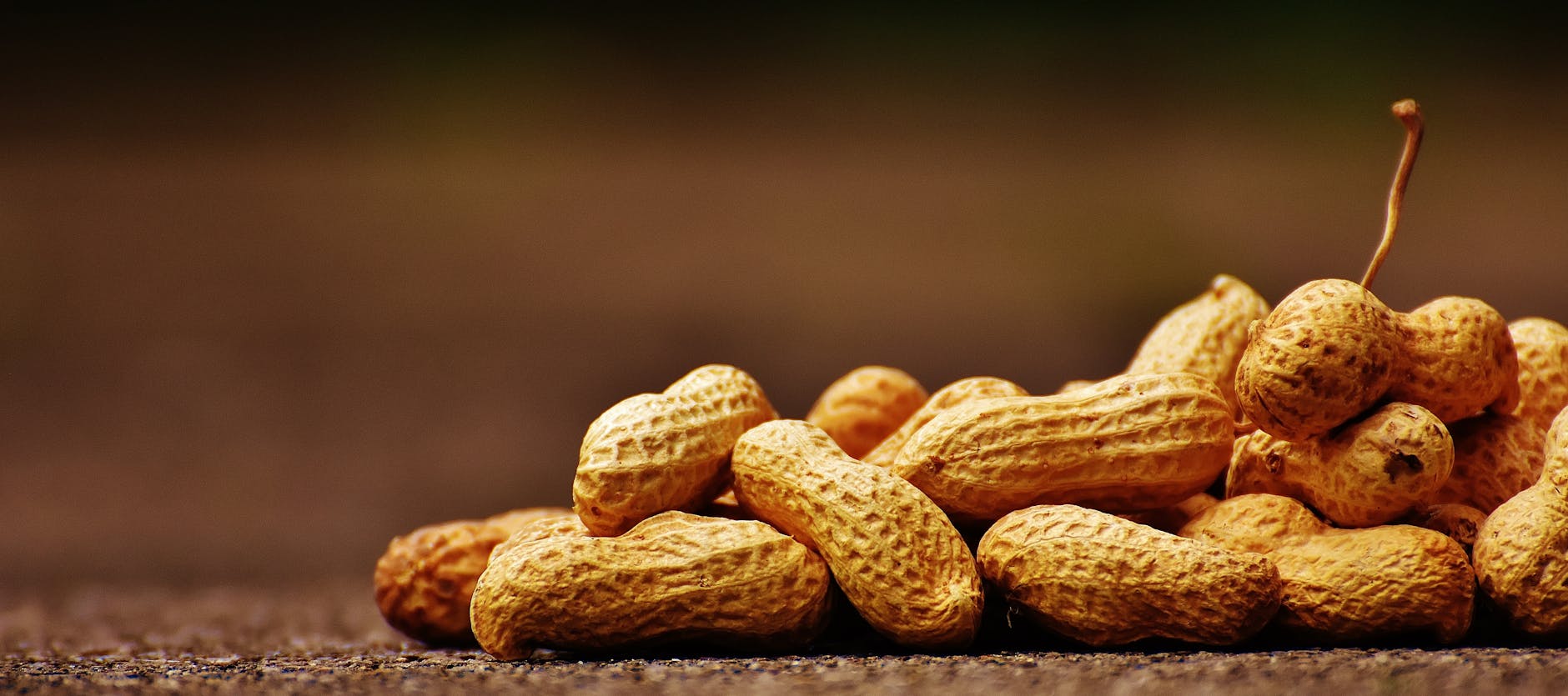
This fact often surprises people! Peanuts belong to the legume family, the same as peas, beans, and lentils. Legumes grow underground in pods, as opposed to true nuts like walnuts, almonds, or hazelnuts, which grow on trees.
Fact 6. Apples Float in Water
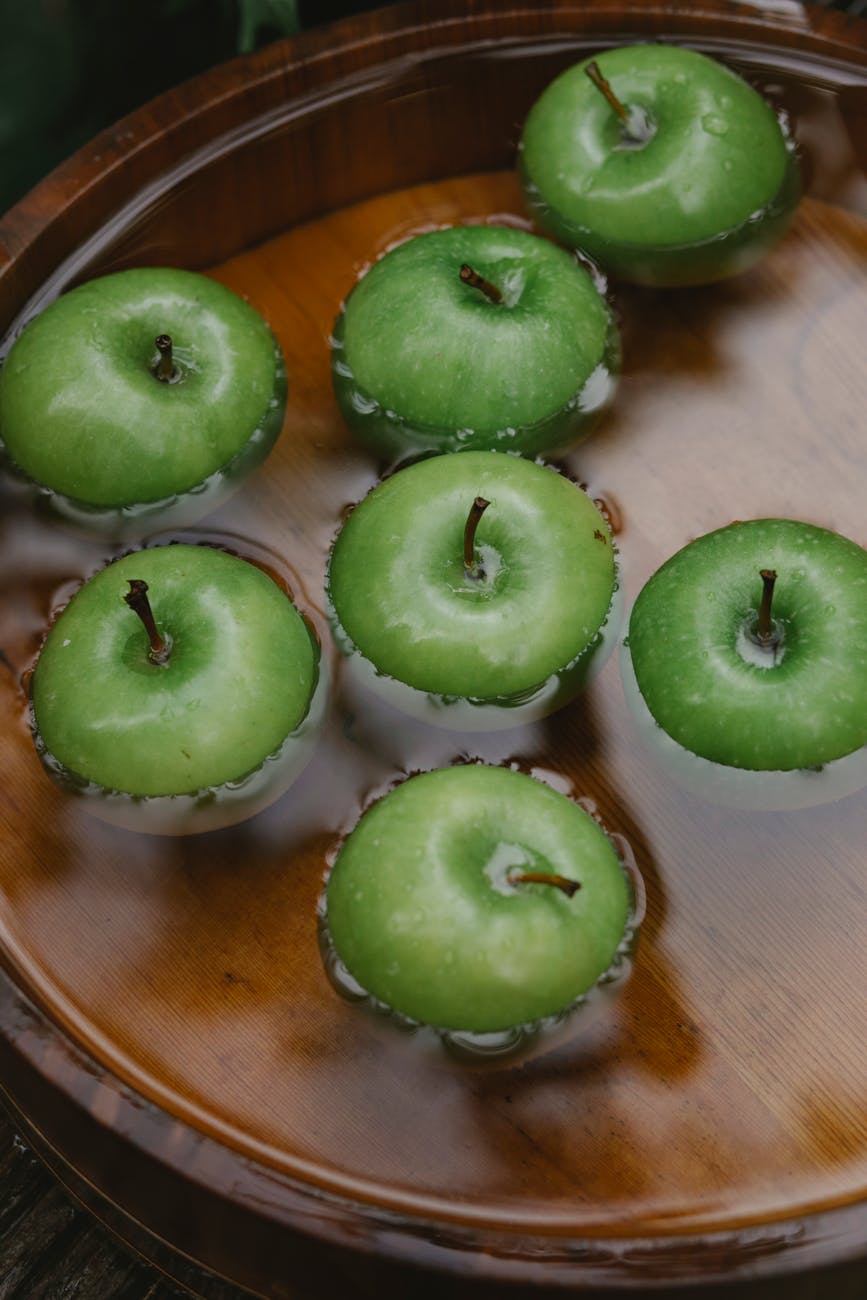
Due to their high air content, apples are less dense than water, which is why they can float. About 25% of an apple’s volume is made up of air, which is why you’ll see them bobbing merrily on the surface if you drop them in a bowl of water.
Fact 7. One Strawberry Has About 200 Seeds
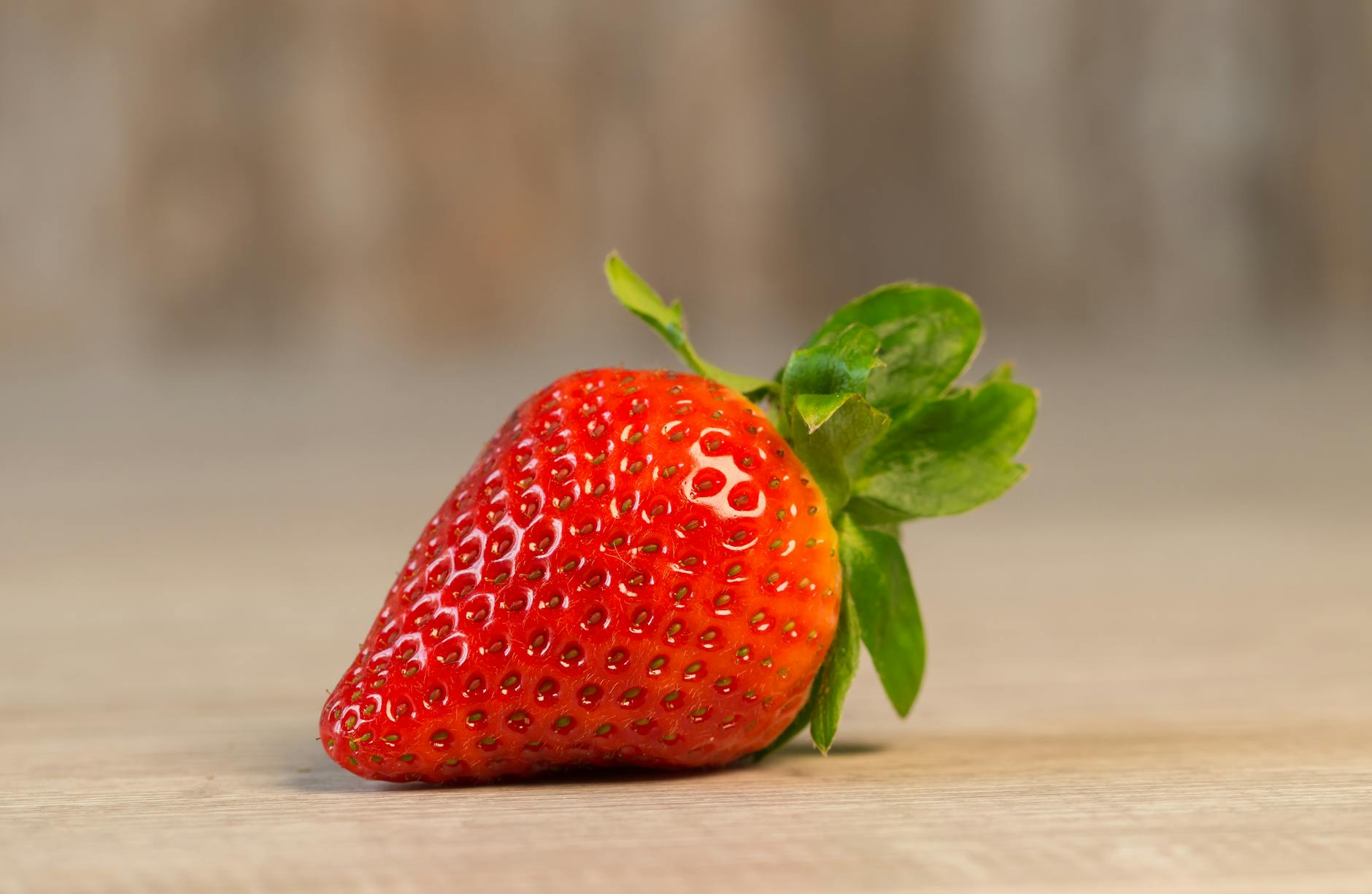
Strawberries look like they have seeds on the inside, but the reverse is actually true. The tiny yellow dots on the outside of a strawberry are the actual fruits, each containing a single seed. So, when you bite into a juicy strawberry, you’re technically enjoying a whole lot of individual fruits!
Fact 8. Chocolate Was Once Used as Currency
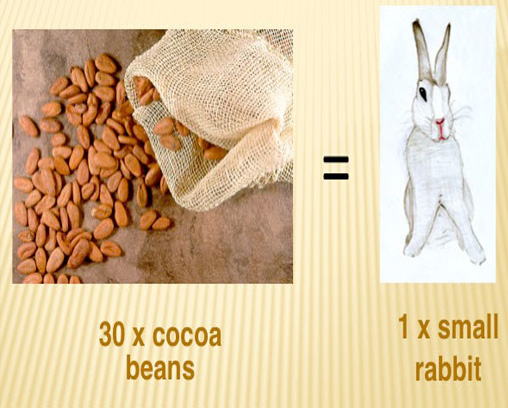
The Aztecs loved cacao beans, the raw material of chocolate. They valued the beans so highly that they used them as a form of currency along with other commodities like cloth and salt. Cacao beans were even used to pay tribute to Aztec rulers, demonstrating the deep importance of chocolate in their society.
Read More: A Chocolate Lover’s Time Travel: 15 Fascinating Facts About the History of Chocolate
Fact 9. Bananas are Technically Berries
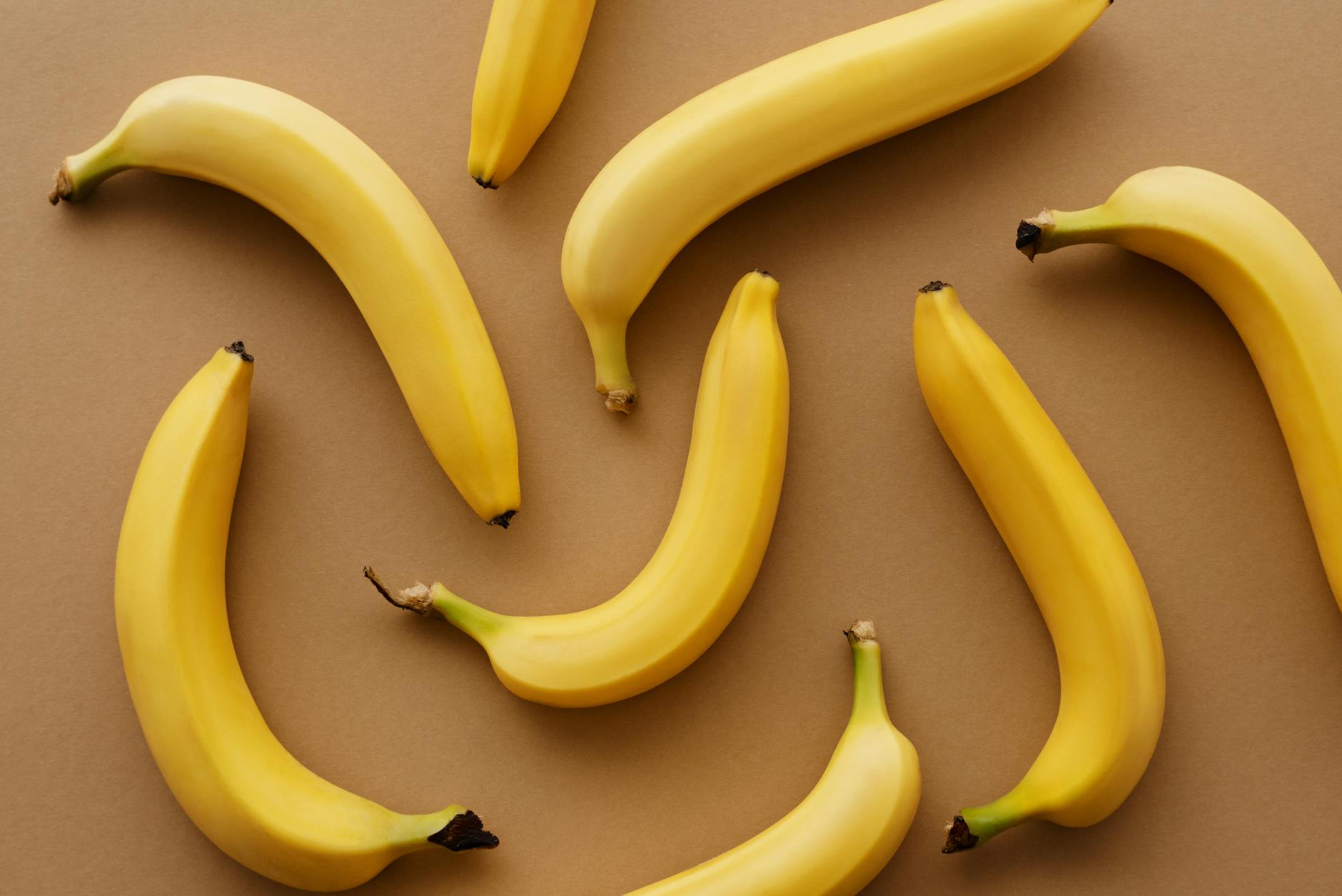
While we typically think of berries as small, round fruits like blueberries and raspberries, bananas also fit the botanical definition! Berries are defined as fruits that develop from a single ovary of a flower. If you’ve ever sliced open a banana, you’ve seen the tiny seeds and the segmented flesh that indicate this single-ovary origin. So next time you enjoy a banana, think about how you’re eating a supersized berry!
Fact 10. Watermelon is 92% Water
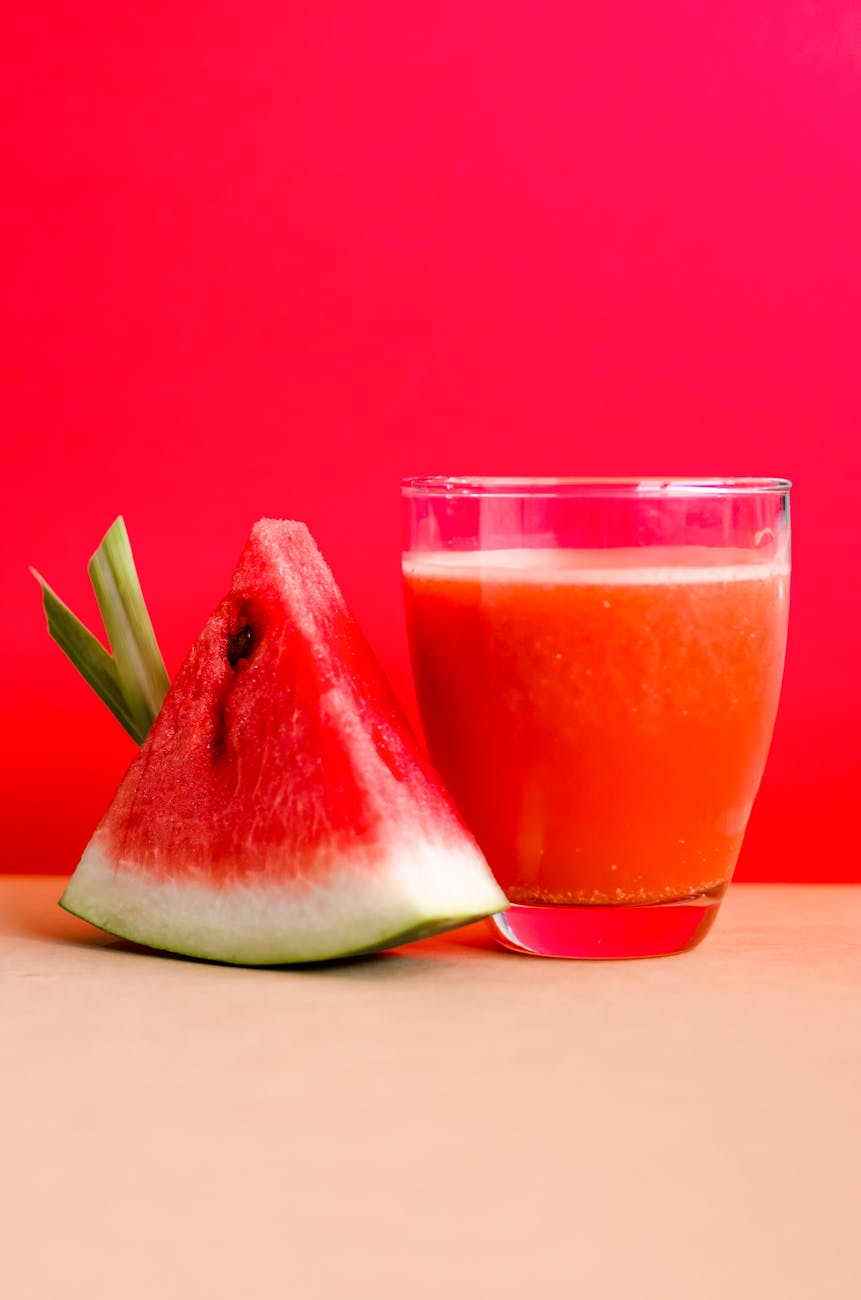
As its name suggests, watermelon is a champion of hydration. It’s made up of a whopping 92% water, making it a refreshing and healthy snack, especially on hot summer days. Along with water, watermelon also contains important vitamins and nutrients like Vitamin C, Vitamin A, and potassium.
Fact 11. Carrots Were Originally Purple
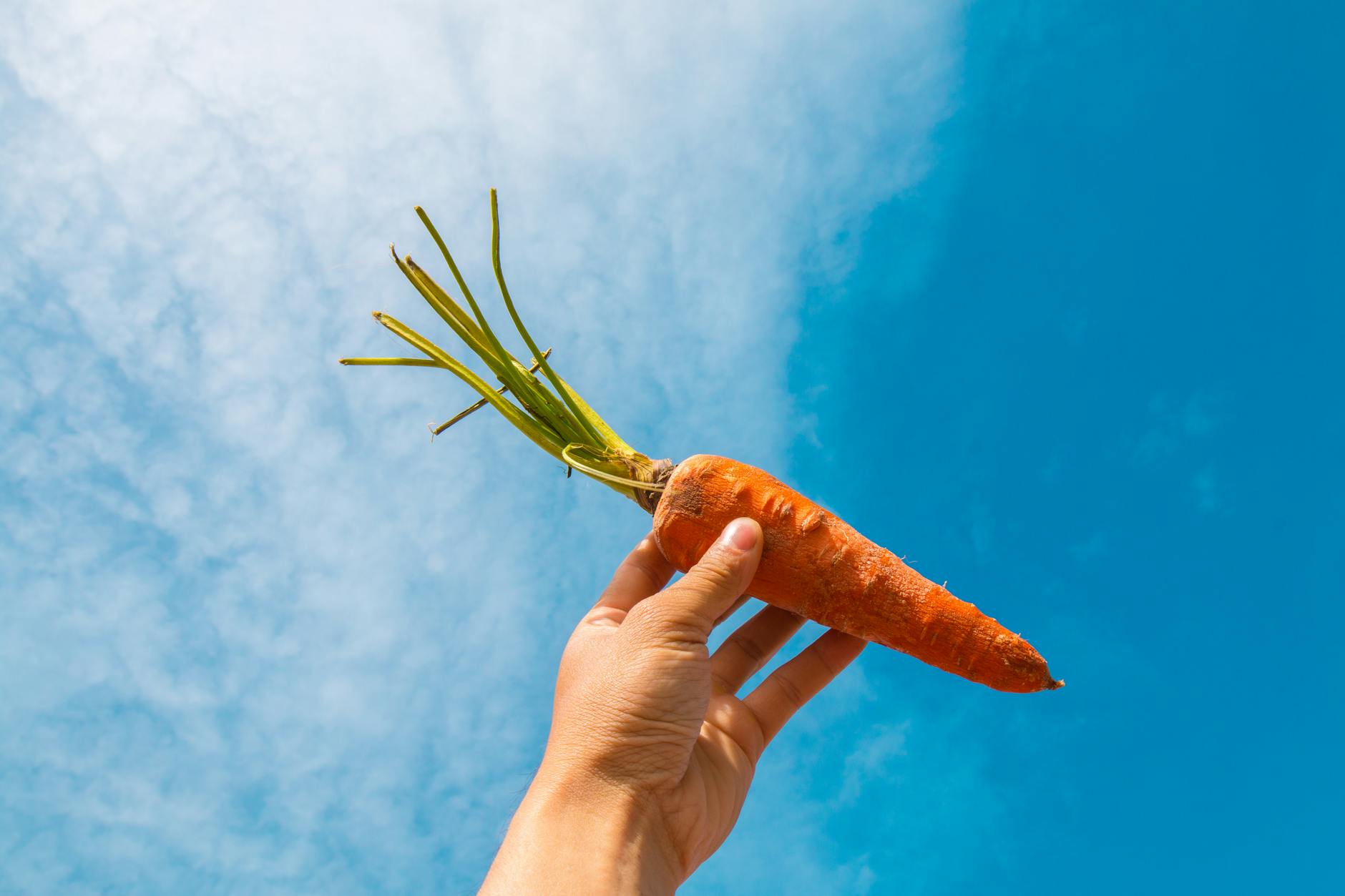
Before the iconic orange carrots we see in supermarkets, carrots came in a variety of colors, including purple, white, yellow, and even red. It was Dutch growers in the 16th and 17th centuries who are believed to have developed the orange carrots we know and love, potentially to honor the Dutch Royal House of Orange.
Fact 12. The Most Expensive Pizza in the World Costs $12,000
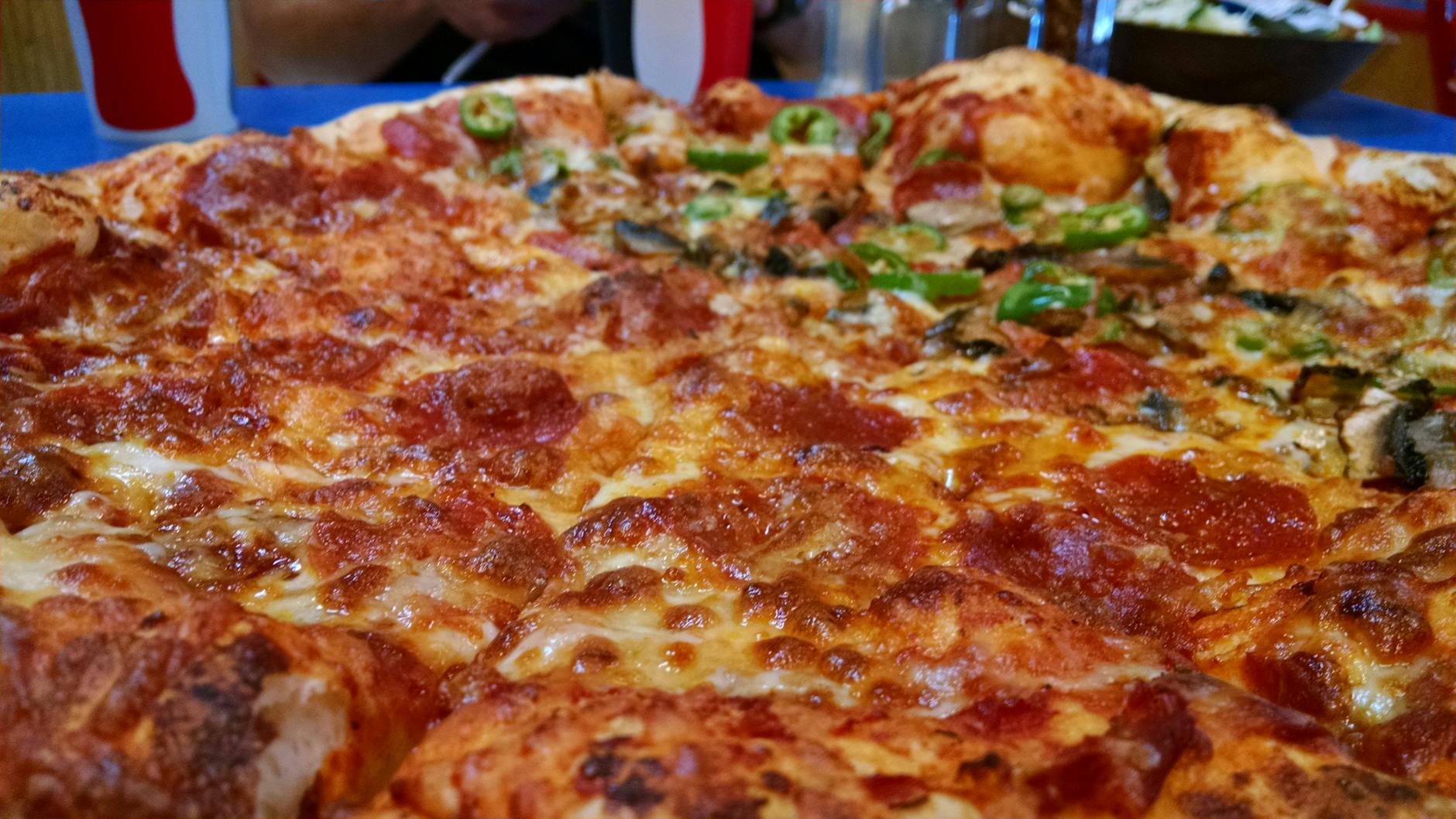
This is definitely not your average takeout pizza! The most expensive pizza in the world is created by an Italian chef named Renato Viola and is aptly named “Louis XIII”. This extravagant pizza boasts ingredients like three types of caviar, Norwegian lobster, buffalo mozzarella, and it’s even dusted with edible gold. The price tag? A jaw-dropping $12,000!
Read More: Discover the Delicious World of Spanish Food: Facts, Flavors, and FAQs
Fact 13. Square Watermelons Exist in Japan
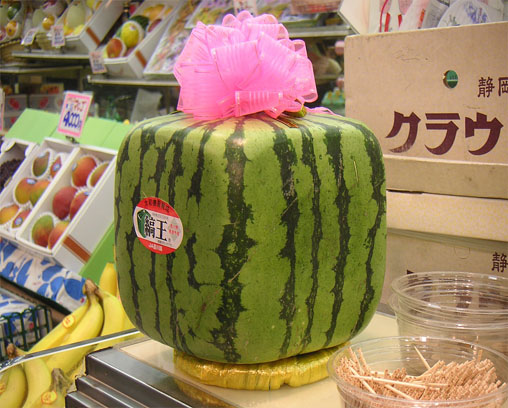
Image Source: wikipedia
Forget classic round watermelons; Japanese farmers have taken innovation to a new level by cultivating square watermelons. These eye-catching fruits are grown inside square molds, which guide their growth to form a cube shape. While mostly a novelty item, these square watermelons are easier to store and transport than their round counterparts.
Fact 14. Chewing Gum Can Help You Focus

If you’ve ever been told chewing gum is unprofessional, here’s some science to counter that argument! Studies have suggested that chewing gum can help improve focus and alertness. The act of chewing is believed to increase blood flow to the brain, which can boost cognitive function and concentration. While it won’t turn you into a genius, it might just give your brain that extra edge when you need to focus.
Fact 15. Fortune cookies weren’t invented in China
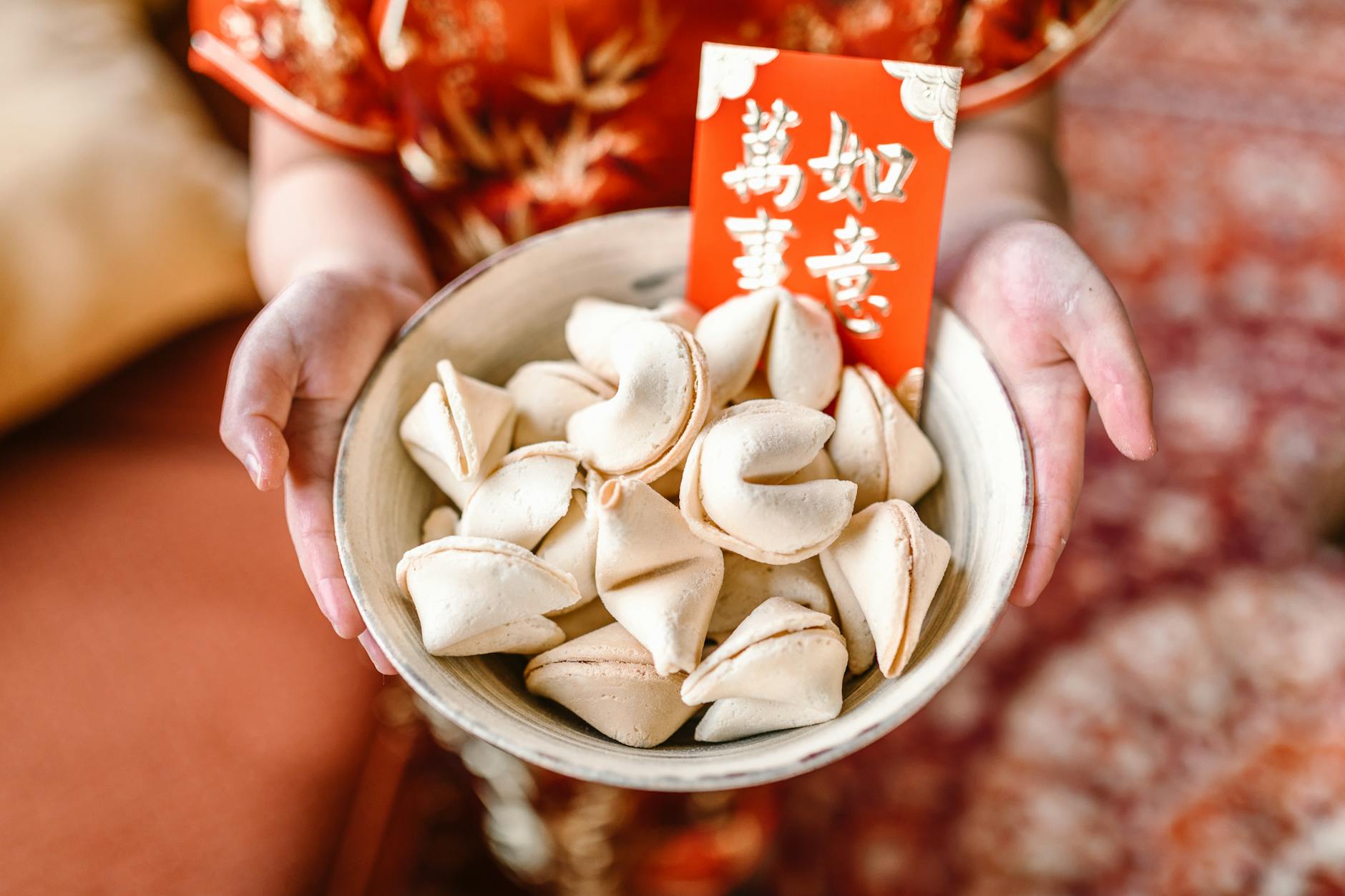
While you might associate fortune cookies with takeout Chinese food, this seemingly ubiquitous dessert has surprisingly little to do with China. The history of the fortune cookie is rooted in Japanese-American culinary traditions. In the early 1900s, Japanese immigrants in California created a cookie similar to Japanese senbei crackers, which often contained small slips of paper with fortunes. It wasn’t until after World War II, when many Japanese-Americans had been interned and their businesses shut down, that Chinese-American restaurants and bakeries began to mass-produce and popularize the fortune cookie as we know it today.
Conclusion
The world of food is a treasure trove of surprises and intriguing tidbits. Whether it’s a natural wonder like honey’s eternal shelf life, an accidental invention like potato chips, or the quirky human fact that we can’t lick our own elbow, food is filled with stories. Keep exploring the fascinating and unexpected side of your favorite foods, and you might be surprised by what you find!
15 FAQs(frequently asked questions):
-
Are there even more fun food facts out there?
Absolutely! The world of food is vast and varied, There are countless weird, wonderful, and downright amazing facts to be discovered.
-
Why does honey last so long?
Honey’s longevity comes from a combination of factors: its high acidity, low moisture content, and antibacterial properties created by the bees themselves. This makes it a very inhospitable environment for bacteria and other microbes that cause spoilage.
-
Are there other foods, besides ketchup, that were once used as medicine?
Yes! Throughout history, various foods have been used for medicinal purposes, often based on traditional beliefs or folk remedies. Some examples include ginger for nausea, garlic for its purported antibacterial properties, and even turmeric as an anti-inflammatory.
-
How do farmers grow square watermelons?
Farmers grow square watermelons by placing young, developing watermelons into square-shaped, tempered glass boxes. As the watermelon grows, it takes the shape of the box, leading to its unique, cubic form.
-
Does chewing gum actually improve focus and memory?
Some studies indicate there may be a small benefit to chewing gum when it comes to focus, alertness, and memory performance in certain situations. However, more research is still needed to fully understand the effects.
-
Are there other human body parts we can’t physically reach with our tongue?
Yes! Besides the elbow, most people can’t reach their chin or the tip of their nose with their tongue either.
-
What are some other surprising foods that are technically berries?
Besides bananas, some other surprising fruits that fit the botanical definition of a berry include avocados, cucumbers, grapes, and even tomatoes!
-
Were orange carrots intentionally created by the Dutch, or was it a lucky mutation?
There’s some debate among historians. Some believe the orange color was a deliberate cultivation choice to honor the House of Orange, while others suggest it may have been the result of natural mutations and selective breeding over time.
-
Where can I find the $12,000 Louis XIII pizza?
This ultra-luxurious pizza is made by Chef Renato Viola in Salerno, Italy. If you have a spare $12,000 and find yourself in Southern Italy, this could be the ultimate foodie experience.
-
Is there any benefit to square watermelons besides being a novelty?
While primarily a fun novelty, square watermelons are easier to stack and transport compared to their round counterparts. This can be an advantage in terms of storage and efficiency for farmers and sellers.
-
Why is it impossible to lick your elbow?
Two main reasons make elbow-licking a no-go for most people:
Humerus length: Your upper arm bone (humerus) is simply too long for your tongue to reach the elbow.
Tongue limitations: The human tongue isn’t designed to extend and bend in the way required to get the tip to your elbow. -
Are there any foods that are surprisingly high in sugar?
Yes! Many foods that seem healthy or savory can actually pack a surprising sugar punch. Some examples include yogurt (especially flavored varieties), pasta sauces, breakfast cereals, and even sports drinks. It’s always a good idea to check nutrition labels!
-
Are there “fake” foods that aren’t what they seem?
Yes, there are certain foods that are not entirely what they appear to be. Examples include imitation crab meat (often made from surimi, or processed fish paste), some types of wasabi (which is often horseradish with green dye), and certain “truffle oils” that lack actual truffles.
-
What’s the oldest food ever discovered?
Archaeologists have found various preserved foods giving us insight into ancient diets. Some contenders for the oldest include:
7,000-year-old burnt bread: Found in a prehistoric fireplace in Jordan.
3,200-year-old cheese: Discovered in an Ancient Egyptian tomb.
2,400 year-old preserved noodles: Unearthed in China. -
What are some strange food combinations that people actually love?
Taste is subjective, and what may seem bizarre to some is a beloved flavor combo to others! Here are some surprising food pairings:
Peanut butter and pickles
Chocolate and potato chips
Fries dipped in milkshakes
Watermelon and feta cheese

